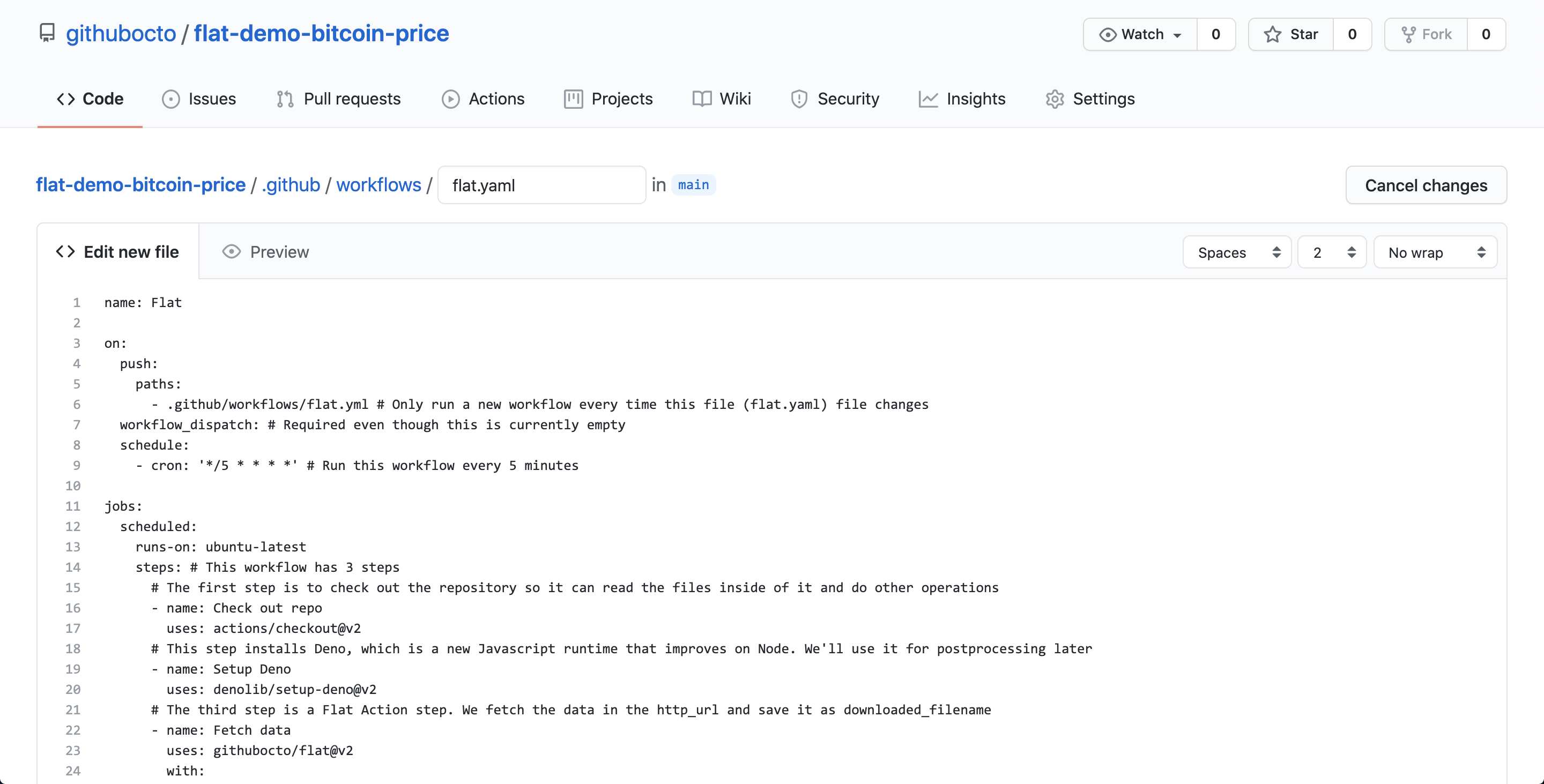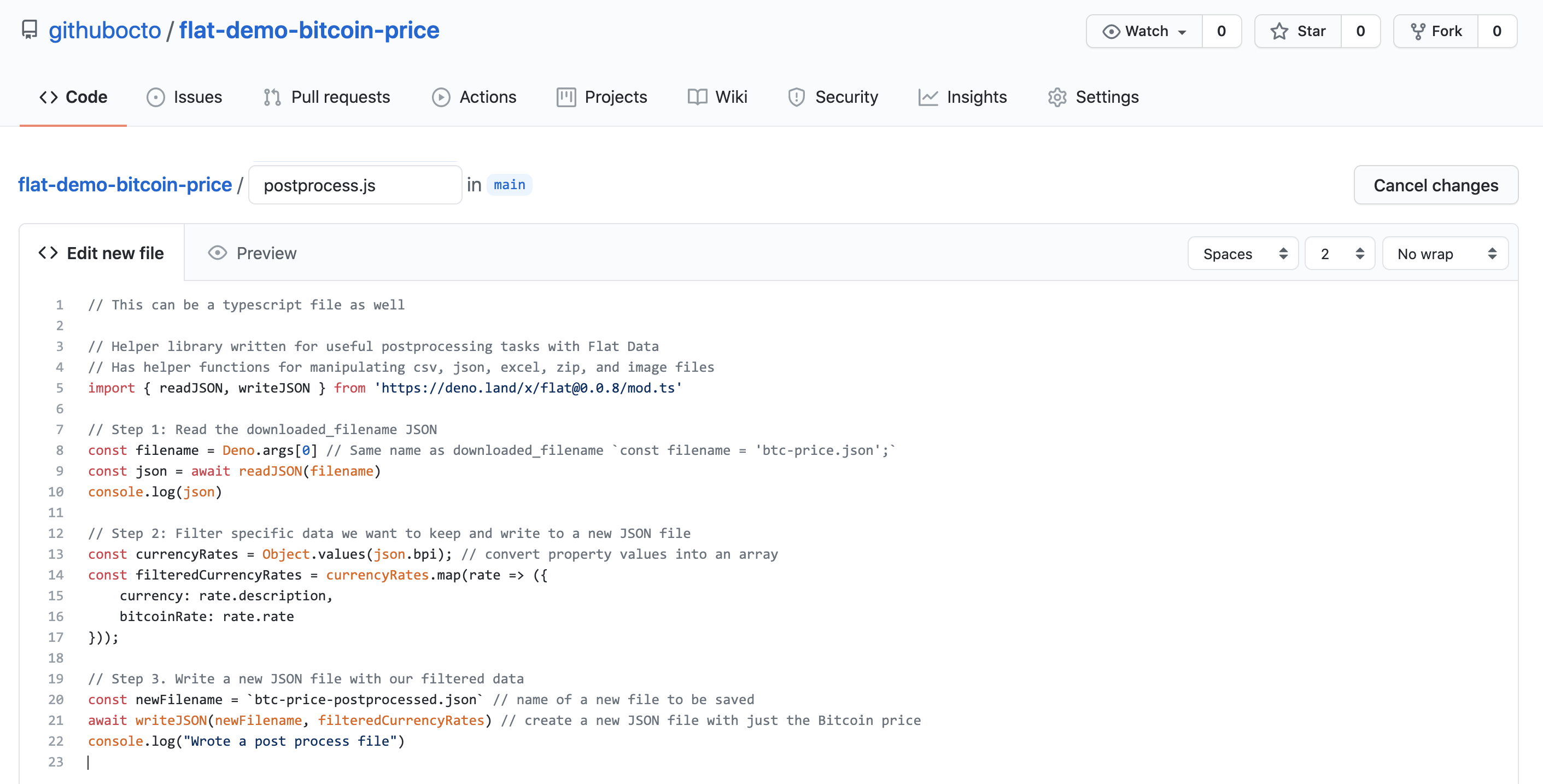

- #GITHUB ACTIONS PRICING UPDATE#
- #GITHUB ACTIONS PRICING FULL#
Insulin costs, before accounting for any rebates or discounts, comprise an estimated $48 billion (20 percent) of the direct costs of treating diabetes after rebates, insulin accounts for 6.3 percent of costs. Diabetes cost the United States $327 billion in 2017, becoming the most expensive chronic disease in the nation. Here, we are using the github context, the contains() function, != and & operators, and steps context to check the condition. context variable - $'" if: contains(, 'if set') - id: 'five' run: echo "Running because of previous Step was successful and the trigger event was 'push'" if: success() & github.event_name = 'push'. There is a list of the default variables, see the Default environment variables, and you can create your own on a workflow level, jobs level, per a job, or per a step.ĭuring this, pay attention that you access variables in different ways, see the About environment variables: Go to the Github WebUI, switch to the Actions tab, you’ll see this workflow execution:Īlso, Github Actions supports environment variables in workflows. github/workflows/actions-test.yaml & git commit -m “Test flow” & git push github/workflows/actions-test.yaml: name: actions-test on: jobs: print-hello: runs-on: ubuntu-latest steps: - run: echo "Hello, world" In this directory, create a file for your flow, for example, named as. github/workflows/ - here we will store all workflows, that can be trigger with different events: $ mkdir -p. In your repository root create a directory called. Let’s start with a simple file to see how it works.  steps: tasks in this job to be executed with uses or run.
steps: tasks in this job to be executed with uses or run.  runs-on: a runner, which will execute job(s). on: an event(s), that will trigger this workflow. In short, let’s see how a workflow file is built: actions: main “execution blocks” - can be a set of already prepared tasks, or run simple commands.
runs-on: a runner, which will execute job(s). on: an event(s), that will trigger this workflow. In short, let’s see how a workflow file is built: actions: main “execution blocks” - can be a set of already prepared tasks, or run simple commands. 
As steps of the same job are running on the same runner, they can share data with each other.
steps: зa task to execute a common command or actions. If a workflow has multiple jobs, by default they will be started in parallel, but also can be configured with dependencies from each other jobs: a set of steps that are running on the same runner. workflow: a procedure described in YAML, that includes one or more job, and is triggered by an event. runner: a server running on Github Cloud or self-hosted, which will execute a job. actions are running on a runner, and multiply actions of a workflow can be running simultaneously. a job contains a list of steps, and every step consist of one or more actions. #GITHUB ACTIONS PRICING FULL#
an event (for example, a pull-request or a commit to a repository, see the full list here>) triggers a workflow, which contains jobs. In the Actions, build flow is the following (see Introduction to GitHub Actions): #GITHUB ACTIONS PRICING UPDATE#
Github suggests periodically download a json-file with updated networks (btw, Github Actions is working on Microsoft Azure), but I’m too lazy to create some additional automation to update the security configuration. Also, Github Actions can be working in Github Cloud, and as self-hosted runners, which can solve an issue with access to your secured resources because Github haven’t static IP ranges, so you’re not able to configure your SecurityGroup/firewalls.








 0 kommentar(er)
0 kommentar(er)
